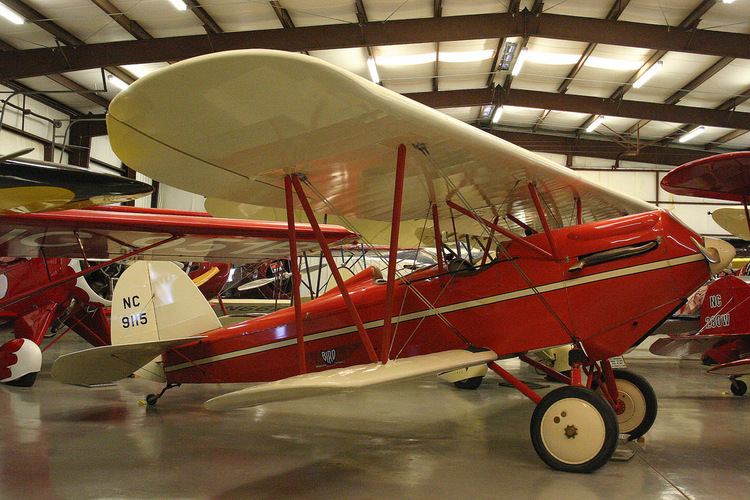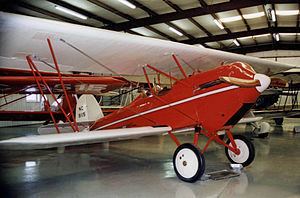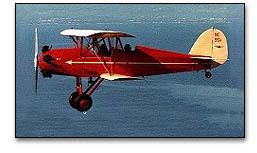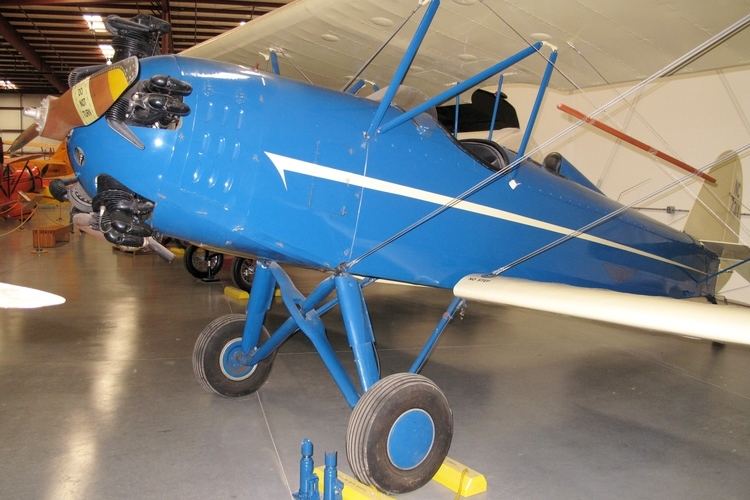Top speed 168 km/h Length 6.78 m First flight September 1928 | Wingspan 10 m Manufacturer Brunner-Winkle | |
 | ||
Brunner winkle bird and c 3
The Brunner-Winkle Bird was a three-seat taxi and joy-riding aircraft produced in the USA from 1928 to 1931.
Contents
Design and operation
The Model A version was powered by the ubiquitous Curtiss OX-5, and featured a welded steel-tube truss fuselage with metal and fabric skinning. The wings, constructed of Spruce and plywood were also covered with metal and fabric skinning. The Model A had a reasonable performance for an OX-5 powered aircraft. The Model A's ease of handling led to its entry into the 1929 Guggenheim Safety Airplane contest, where it was awarded the highest ratings for a standard production aircraft.

The Model A was awarded Group 2 approval no 2-33 in January 1929 for the first nine aircraft serial no. 1000 to 1008. Aircraft serial no. 1009 upwards were manufactured under Air Transport Certificate no. 101.

The Model B followed on from the initial Bird design and was fitted with the uncowled Kinner radial engine. Production aircraft were designated BK.
Variants
Data from: aerofiles.com

Specifications (Bird Model A)
General characteristics
Performance
